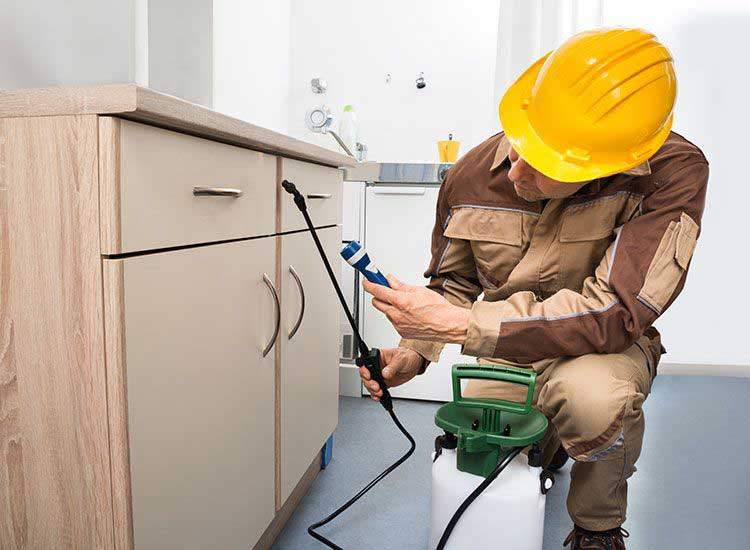Introduction
Pest control is a critical aspect of maintaining a safe and comfortable living or working environment. Pests, ranging from insects to rodents, can pose health risks, cause property damage, and disrupt daily routines. To address these challenges, various pest control methods have been developed over time. In this comprehensive guide, we will delve into the five primary methods of pest control, highlighting the essential role that professional pest control services play in effective pest management.
1. Chemical Pest Control:
Chemical pest control is one of the most common methods used to combat pests. It involves the use of chemical pesticides to target and eliminate pests. These pesticides can take the form of sprays, baits, dusts, or fumigants. They work by disrupting the pests’ biological processes, ultimately leading to their eradication. However, the application of chemical pesticides requires expertise to ensure their proper use and minimize harm to non-target organisms and the environment. This is where pest control services play a crucial role, employing trained professionals to handle chemical applications safely and effectively.
2. Biological Pest Control
Biological pest control harnesses nature’s predators, parasites, and pathogens to manage pest populations. Beneficial organisms that prey on pests or infect them are introduced into the environment, restoring a natural balance in ecosystems. Ladybugs, nematodes, and specific wasp species are examples of these beneficial organisms. Biological pest control is not only environmentally friendly but also reduces the dependence on chemical solutions.
3. Mechanical Pest Control
Mechanical pest control involves the use of physical barriers and traps to prevent pests from accessing or damaging properties. Mesh screens on windows and doors to prevent insects from entering, fly traps to capture flies, and rodent traps to catch mice and rats are all examples of mechanical pest control. This method is non-toxic and minimizes the use of chemicals. Professional pest control services can advise on and implement effective mechanical solutions based on the specific pest challenges a property faces.
4. Cultural Pest Control
Cultural pest control focuses on modifying the environment to discourage pest infestations. This method encompasses practices such as proper waste disposal, maintaining cleanliness, and reducing clutter. By eliminating sources of food, shelter, and breeding grounds, cultural pest control creates an unfavorable environment for pests. It is a fundamental aspect of integrated pest management (IPM) strategies.
5. Natural Repellents and Barriers
Natural repellents and barriers use substances that pests find unappealing or physical barriers to deter pests. Essential oils like citronella repel mosquitoes, diatomaceous earth discourages crawling insects, and netting serves as a physical barrier to protect crops from birds. These methods are safe for humans and pets while effectively deterring pests.
The Role of Professional Pest Control Services
While individuals can attempt DIY pest control methods, the expertise of professional pest control services is invaluable. Trained pest control professionals have a deep understanding of pest behavior, lifecycle, and treatment methods. They can accurately identify the pests infesting a property, recommend the most appropriate methods, and ensure the safe and efficient application of pest control solutions.
Conclusion
The five primary methods of pest control—chemical, biological, mechanical, cultural, and natural repellents—offer a diverse toolkit for managing pests effectively. Professional pest control services play a pivotal role in implementing these methods expertly, ensuring the safety of occupants and the environment. By collaborating with termite control services, individuals and property owners can create pest-free environments that promote health, comfort, and the preservation of spaces.

